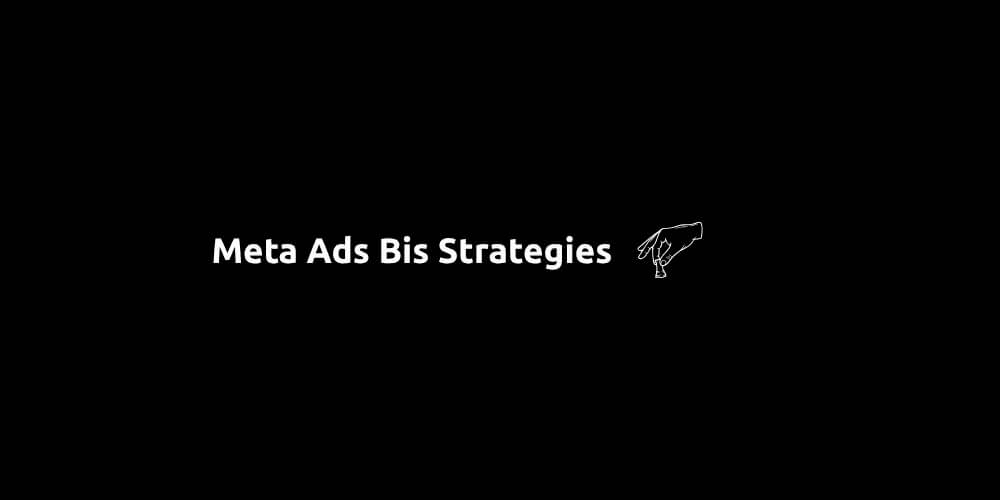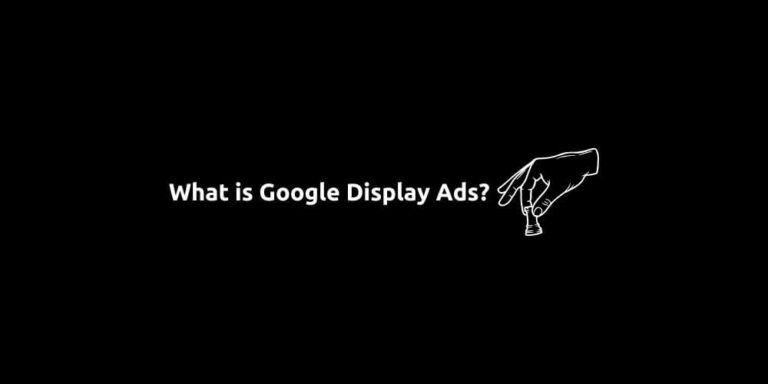Meta Ads Bid Strategies
In this article, we explain what Meta Ads bid strategies are, why they matter, and how Meta’s latest platform updates have shaped them. Then we dive into the main bid options. Explain how they work, trade-offs, and which strategy fits particular campaign goals. Finally, we discuss best practices and decision criteria for selecting the right bid strategy in real campaigns.
But before going into that deep here is what Meta Ads bid strategies are in a nutshell: Meta Ads bid strategies define how aggressively and in what conditions the Meta algorithm enters auctions. That means we control how much it bids, and how it balances cost vs. volume or value with these bid strategies.
Content:
- Meta Ads Bid Strategies – Automation Matters
- Why Learning Meta Bid Strategy Types is Still Important?
- What Are Meta Bid Strategies?
Meta Ads Bid Strategies – Automation Matters
Over time, Meta has moved more toward automated / algorithmic bidding, giving advertisers options to exert constraints (caps, goals) rather than micromanage every bid. According to Meta’s help documentation, bid strategies are grouped into:
- Highest Volume / Highest Value. Meta picks bids to maximize outcomes for your budget.
- Cost per Result Goal.You set a target cost per conversion. Meta tries to align with that goal on average.
- Bid Cap. You set a highest bid limit. This gives maximum control but can limit delivery.
In addition, as of 2025, Meta is introducing Value Rules. These rules allow you to weight or adjust bids for sub-segments of your audience based on their expected value. For example, you may be willing to bid more for a demographic segment you know more likely to purchase. This will let you to do that.
Why Learning Meta Bid Strategy Types is Still Important?
But why learning bid strategies matters if Meta controls almost everything? Because you should understand the idea behing them to use bid strategies effectively. In the end Meta bid strategies:
- Controls cost efficiency.
- Prevents runaway cost per action.
- Helps Meta’s algorithm converge more stably.
- Affects how much budget is spent.
This means we are speaking about your money. In practice, selecting the right bid strategy is a balancing act: you want good volume, control over cost, and profitable returns.
What Are Meta Bid Strategies?
Below is a more detailed breakdown of each major bid type, how it operates, and what trade-offs to expect.
1. Lowest Cost
Automatic and provides highest volume. Meta simply bids to maximize the number of results you get, with no explicit cost constraint. The algorithm finds the cheapest opportunities first.
Pros:
- Quick to set up.
- Good for campaigns to gather volume or test.
- Meta’s algorithm has flexibility to optimize learning.
Cons:
- Cost per action (CPA) can fluctuate.
- In high-competition markets, costs might be higher.
- If left unchecked, budget may go to low-value conversions.
Best use cases:
- New campaigns trying to collect performance data.
- Situations where you want to maximize conversion count no matter what the value/quality is.
- Broad testing or prospecting phases.
2. Cost Cap
This is a goal based bidding strategy. You set a target cost per conversion (e.g. $10 per purchase). Meta tries to get you conversions at or below that cost (on average), but may go slightly above in auction if it believes value justifies it.
Pros:
- More control over average cost.
- Helps maintain profitable CPA.
- Meta still has flexibility to scale.
Cons:
- If your target is unrealistic, delivery may throttle.
- You might lose volume if cost cap mismatch market dynamics.
- Requires historical data to set appropriately.
Best use cases:
- Mid-level campaigns with enough conversion history.
- When you have a clear CPA threshold for profitability.
- Scaling campaigns where stability is important.
3. Bid Cap
You define a bid cap and Meta is not allowed to bid above that amount in any individual auction. It starts with lower price auctions, then moves upward until hitting that cap.
Pros:
- Maximum control over what you’re willing to pay per auction.
- Prevents extreme bids in very competitive settings.
Cons:
- Strict caps often reduce delivery.
- May reduce flexibility for algorithm to find efficient value.
Best use cases:
- Highly competitive markets where cost spikes are common.
- When you must not exceed a specific bid.
4. Minimum ROAS / ROAS Goal
You set a required return on ad spend (ROAS). Then, Meta bids only when it predicts your return will meet or exceed that threshold.
Pros:
- Ensures you don’t waste budget on low-margin conversions.
- Helps maintain profitability especially in e-commerce.
Cons:
- Campaigns may underdeliver if goal is too aggressive.
- More sensitive to fluctuations in conversion value predictions.
Best use cases:
- E-commerce businesses with varying order values.
- Campaigns where preserving margin is more important than sheer volume.
- When you have reliable data on customer lifetime value or order size.
5. Highest Value
Rather than optimize for sheer count of conversions, Meta prioritizes showing the ad to users predicted to generate higher value conversions. It biases toward quality over quantity.
Pros:
- Can increase average order value or revenue per conversion.
- Useful when the volume is less important than per-conversion revenue.
Cons:
- Fewer conversions.
- More sensitive to prediction errors.
Best use cases:
- Businesses with large variance in order sizes.
- Upsell / cross-sell campaigns.
- When aiming to grow revenue rather than just conversion count.
6. Value Rules / Bid Adjustments
This feature introduced more recently. Value Rules let you fine-tune bids for audience segments by applying multipliers (e.g. +20% for one demographic, –10% for another) according to expected value.
Pros:
- Adds nuance to audience-level bidding.
- You can favor higher value segments without separate campaigns.
- Helps manage geographic, demographic, device biases.
Cons:
- Adds complexity.
- Overuse may constrain Meta’s algorithm too much.
Best use cases:
- Campaigns spanning different geographies or segments with distinct value.
- When you know certain audience slices are more profitable.
How to Get Started With Meta Ads?
Meta Ads is a powerful digital advertising solution that enables businesses to reach and engage their target audience with precision. With advanced targeting options, diverse ad formats, and detailed performance insights, advertisers can create highly effective campaigns that drive brand awareness, lead generation, and conversions.
To get the most out of your Meta Ads campaigns, always test multiple formats, stay updated with specs, and match the creative to your objective. And if you’re looking for hands-on support or strategy, SS&T Digital is here to help you elevate your ad game across Meta’s powerful platforms. 👇






